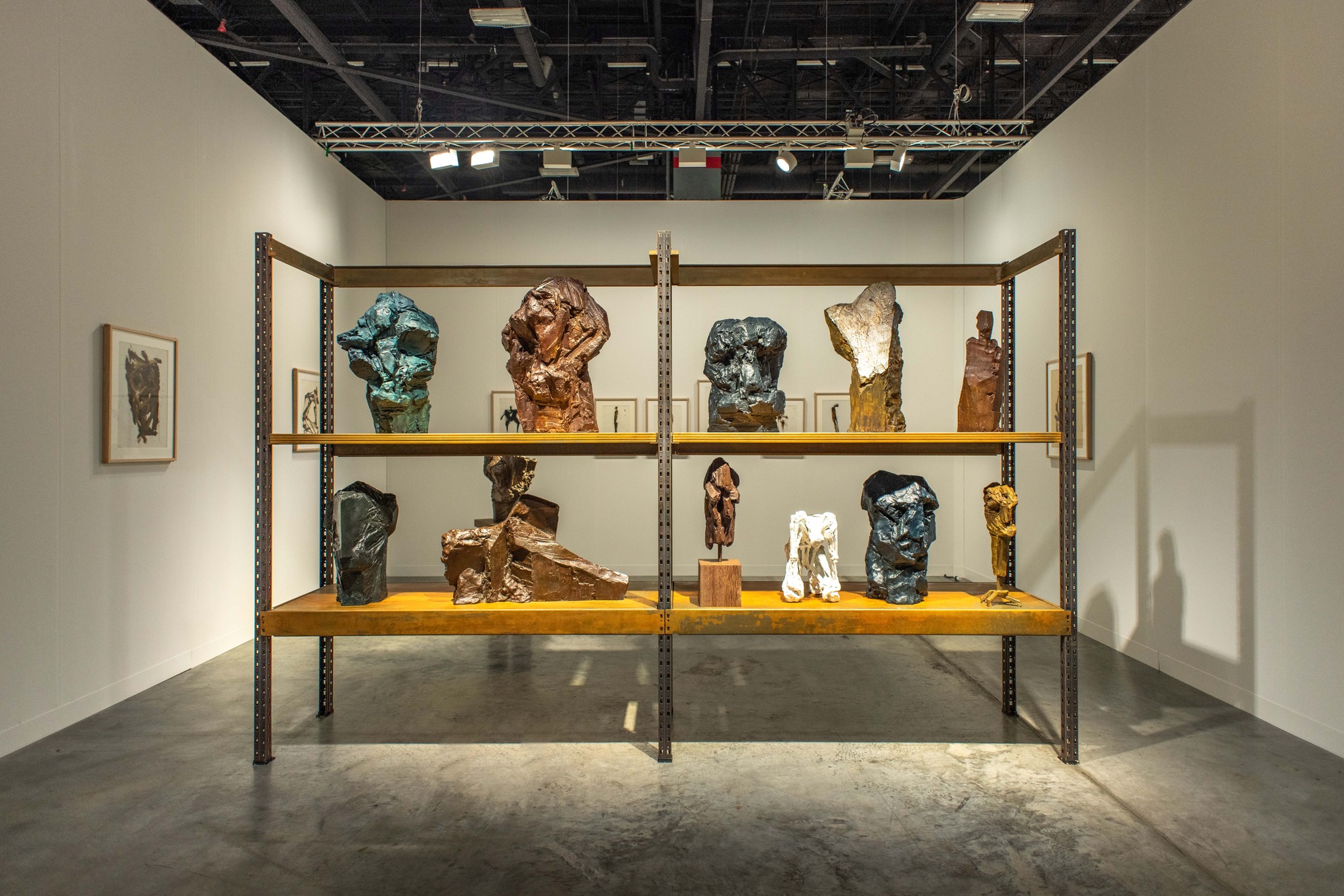The Whitney Biennial 2022: Quiet as It’s Kept, originally planned for 2021, will be held from April 6 through September 5, 2022, at the Whitney Museum in New York.
The title Quiet as It’s Kept is inspired by the artist David Hammons, the novelist Toni Morrison, and the jazz drummer Max Roach. It is also a colloquial expression that is generally used to indicate that something should be kept secret.
Curators David Breslin and Adrienne Edwards have worked together to present the works of 63 artists and collectives.

Whitney Biennial 2017. Photo by Aproject Company.
While the Whitney Biennial has typically been known for introducing young and new artists, this upcoming exhibit will include artists born from 1995 to 1946.
Performances, videos, and film works, which have previously been less accessible, will be presented in the same weight as other artworks in the exhibition, making it continuously evolving throughout the show.
The biennial will keep its tradition of questioning what it means to be an “American artist,” while looking back on the country’s physical and psychological boundaries through the works by artists based in two countries, specifically Mexico and the US, First Nation artists in Canada, and artists born outside of North America.

Cover for the original (1982) publication of "Dictée" by Theresa Hak Kyung Cha.
Among the 63 participating artists, Theresa Hak Kyung Cha (1951-1982) is the only Korean-born American artist participating in this exhibition. She is among the artists who had retrospectives at the Whitney Museum: Other Things Seen, Other Things Heard in 1993 and Exile in 1995.
Cha was an artist with an interdisciplinary background who worked on various genres, including novels, films, performances, and video art. She studied comparative literature and art in the United States and later studied film theory in France.
Language is important in Cha’s artistic dialogue. Cha was born in 1951 in Busan, Korea during the Korean war, which happened just a few years after Korea gained independence from the Japanese occupation (1910-1945). And at the age of 11, she emigrated to the United States.
The historical background of Korea and Cha’s personal experiences of having to learn another language led her to see language as a form of power that can enable or suppress reunification, freedom, engagement, and communication.
One of Cha’s most representative works is Dictée, an autobiographic novel/artist book published in 1982 shortly before she was raped and murdered in New York City.
Her book experiments with texts in six languages and images through the combined stories of various female characters from her personal life, myths, and history. In addition to herself, these characters include her Manchurian-born mother, Yu Gwan-sun, a young female Korean independence activist who fought against the Japanese Occupation in Korea, and Joan of Arc.

Whitney Museum of American Art. Photo by Ajay Suresh.
The Whitney Biennial, which is a survey of American art, started as an annual event in 1932 with the purpose of discovering and introducing young and lesser-known artists in the United States. In 1973, it switched to being a biennial event.
This year’s event is the 80th edition, making it the longest-running exhibition highlighting contemporary American art. The biennial was held once in Seoul in 1993 with the support of the Korean American video artist Nam June Paik.
References
- Whitney Biennial 2022: Quiet as It’s Kept, The Whitney Museum of American Art (Exhibition Page)
- Artnet News, Here Are the 63 Artists and Collectives Participating in the Closely Watched 2022 Edition of the Whitney Biennial, 2022.01.25
- ARTnews, Taking the Title ‘Quiet as It’s Kept,’ 2022 Whitney Biennial Names 63 Participating Artists, 2022.01.25














